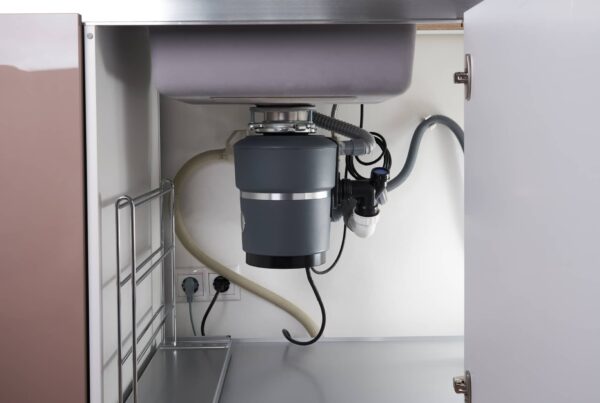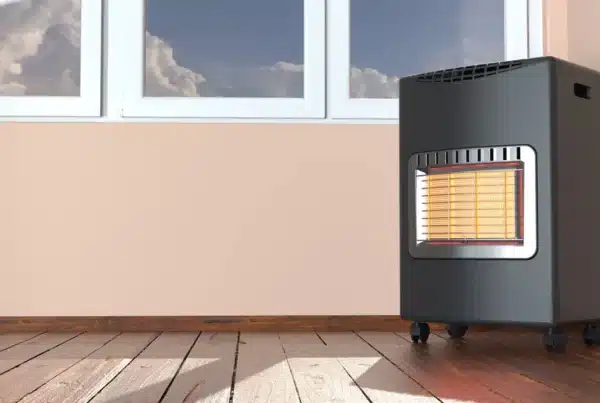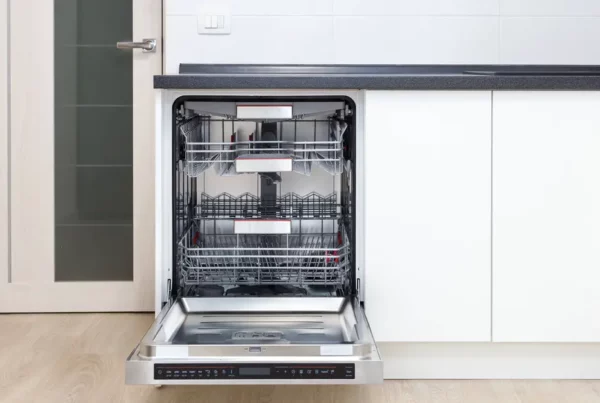
When you are building or buying a home it is important to keep an eye on the foundation and exterior walls. If the exterior walls are made from stucco, make sure that they do not extend below the grade of the soil. Stucco is made with aggregates, binder, and water and is mixed together to form a plaster. This is a very common material used as wall siding on homes in the southern U.S. If you notice cracks after the home has settled you will need to get these cracks repaired. Keep an eye on your stucco if it extends below grade. Can stucco extend below grade? It should not, due to immediate exposure to the elements of dampness and pressure caused by the soil.
Let’s take a look below at why we would not want our stucco to extend below grade.
What Does This Mean
Very simply put, “below grade” means that the stucco material that is used extends down to the foundation of your home and is below the soil grading. Concrete homes should have at least a 2-inch space between the foundation and stucco. If stucco is applied below grade this could create some major issues down the road. Let’s take a look at why this could be a problem.

Why Is It A Problem
This first issue with stucco extending below grade is moisture. Due to the stucco going below the soil grade moisture does not have a chance to drain. This is a big concern. If moisture cannot drain properly with your weep screed then damage to your stucco will likely be caused. Let’s take a look at some of the possible issues with stucco below grade:
- Rotting – stucco that extends below grade will trap moisture which will cause major damage to your foundation. Over time the foundation will break down and begin falling apart. This will cost tens of thousands of dollars to fix.
- Mold and mildew – anytime you have trapped moisture, it becomes a breeding ground for mold and mildew. This mold and mildew will not stop on your foundation. Eventually it will make its way through cracks and crevices and get into your interior wall space.
- Cracks and crevices – the stucco will begin to crack due to the being below grade. The pressure from the soil and moisture buildup will cause these cracks. This will allow insects to begin gaining easier access to the home. It will also create all types of other issues from a crumbling foundation, to water intrusion.
You must get your stucco fixed the moment that you notice any issues. This will save you from spending a lot more money down the road.
How Can I Fix It
The best way to fix your stucco walls is by having a professional contractor come out and make the repairs. You will want to hire someone who is reputable and has experience with stucco restoration and repair. If the damage below grade appears to be substantial, then you will need to hire a structural architect. This way they can design the best way to make the repair without causing bigger damages.
Also, keep in mind that the damage to the bottom of the stucco could be as simple as chipping away, new coating, new sealer, cleaning the stucco and more. Taking a walk around the home will allow you to check for the damage. Keep in mind that below grade stucco means you have stucco that extends past the foundation and into the soil. The moment you notice any damage you need to call a professional.
Other Recommended Maintenance
Now that you have an understanding of when stucco below grade occurs, you can explore the best ways to clean your stucco. No doubt making a fix to any stucco that ends up below grade will need cleaning. Essentially, learning how to clean the exterior of your home is vital to the stucco’s longevity.
Next, sometimes you need to build up the soil around the house foundation. This is because it may wash away due to rain or floods. Also, you may have negative grading. Building up the soil around the foundation is important. You will need to determine the slope needed, build up the soil gradient, and fill in excess areas.
Lastly, moving into a new house you may not know what to put around the foundation. The answer is simple: Flowers, plants, mulch, and grass. They will keep the soil moist and absorb the water in the yard.

When Do I Call A Professional
Anytime that you have a stucco issue you will want to call on a professional. Having a professional contractor assess and repair any stucco cracks or foundation issues is important. Essentially, getting these repairs completed as fast as possible will save you from having further issues like water intrusion, insect intrusion, or even a major instability of the foundation. Also, call on your local home inspection team to inspect your homes exterior and recommend a professional contractor that is reputable in your area.
Conclusion
Stucco siding is a very popular way of creating a homes exterior design. You often see stucco on homes in the south. This is due to stuccos ability to adhere to block walls and create an impenetrable barrier against wind and rain. Make sure to clean your stucco often so that its longevity on your home is maintained.
If you need any assistance when it comes to stucco you should reach out to your local home inspection team. They can assess any damages and make repair recommendations prior to you spending money.



